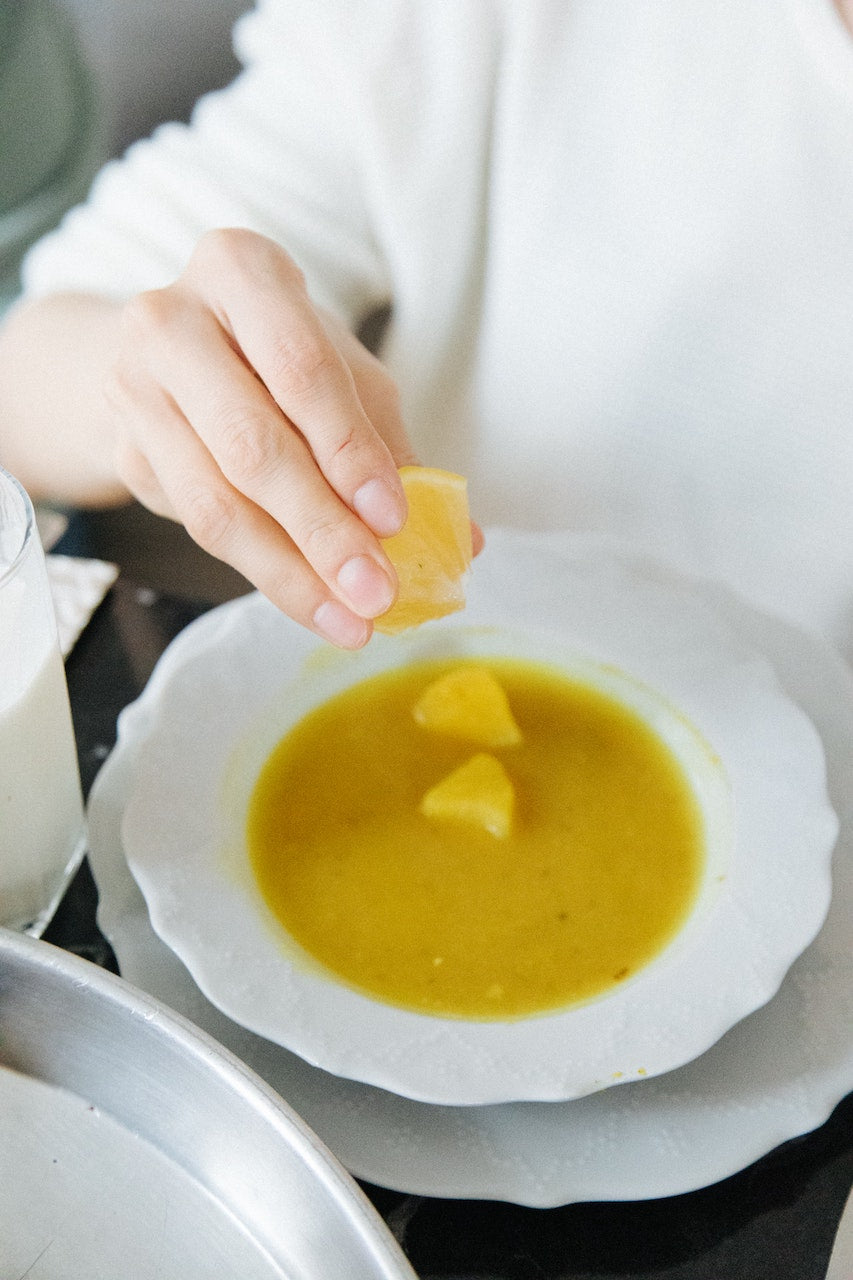Baharat Kofta with Tahini
Kofta in the Middle East is much loved and much consumed. Every country has not one style but multiple ways of seasoning, spicing, marinating and preparing minced meat that is grilled on skewers on hot coals. ‘Kofta’ is often understood to refer to beef kofta, but the term is also used to describe minced and grilled lamb, chicken or fish. The common denominator between all these types of koftas is that marination with onions, herbs and spices is key to imbuing the meat with the best flavors possible so as to make the kofta really shine as the star dish of the meal.
Kofta has a somewhat crumbly texture, yet it’s not as hard- packed or tough as say a burger patty owing to the fat content that is also present. Kofta requires a good degree of fat to hold the minced meat together and lend flavor from the fat. What’s essential about good kofta is to use good cuts of meat and ensure a good ratio of meat to fat, otherwise it won’t hold.
When restaurants or home cooks opt for cheaper or leaner cuts of meat, the koftas don’t hold as well or come off the grill very dry. No amount of seasoning, herbs or accompanying sauces can remedy a dry kofta.
Kofta can be labor intensive, especially if you’re hoping to grill them on an outdoor grill, but they can easily be prepped and popped into the oven at home. They might lose out on some of that smoky flavor acquired from a fired up barbeque, but it’s still delicious and a great dinner meal for families on a weeknight.
Our recipe for baharat Egyptian kofta relies on baharat, a spice blend that takes its very name from the Arabic word for ‘spices’. Containing nutmeg, cinnamon, cloves, black pepper, cardamoms and paprika, baharat is a delicious spice blend that flavors red meat very well. The warm nutmeg, cinnamon and cloves help to bring out the sweetness inherent in red meats such as beef and lamb. We would suggest you make this recipe with Dukkan Baharat spice blend because of its intense warm flavor profile and the freshness of its spices.
We recommend serving this dish with a good heap of fresh salad greens with a salad dressing that’s vinegar–based. A simple ratio of 2 parts olive oil, one part white vinegar, juice of one lemon, a pinch of salt, pepper and cumin can make a basic green salad impart some good flavor to this meal. Add a side of rice or potatoes (mashed or fried both go well) and voila! You have an authentic and satiating authentic Middle Eastern meal for dinner. Don’t forget to serve the kofta with an accompaniment of tahini– kofta is always better with tahini.
You can prepare this baharat kofta with tahini recipe with either beef or lamb, and save the remaining amount by dividing it into tupperware or ziplock bags to cook in the future. You can store it in the freezer as it will keep well for 3 weeks if frozen.
Join our mailing list to get updates on product launches, recipes and more. Plus, do it because our emails are pretty damm fun!
Read More












